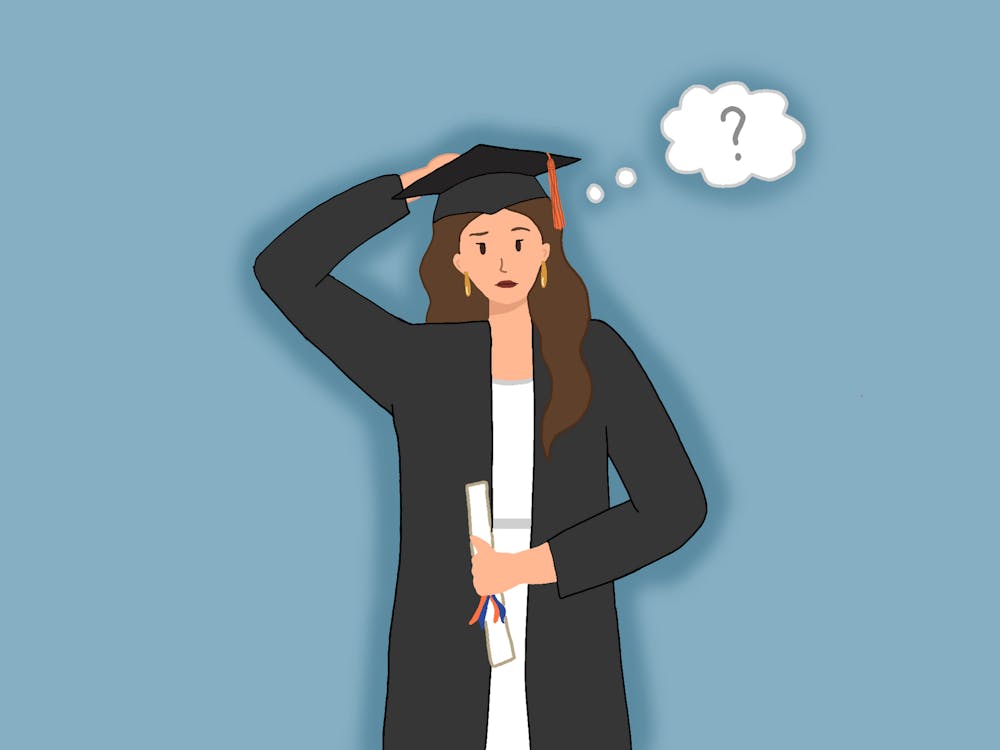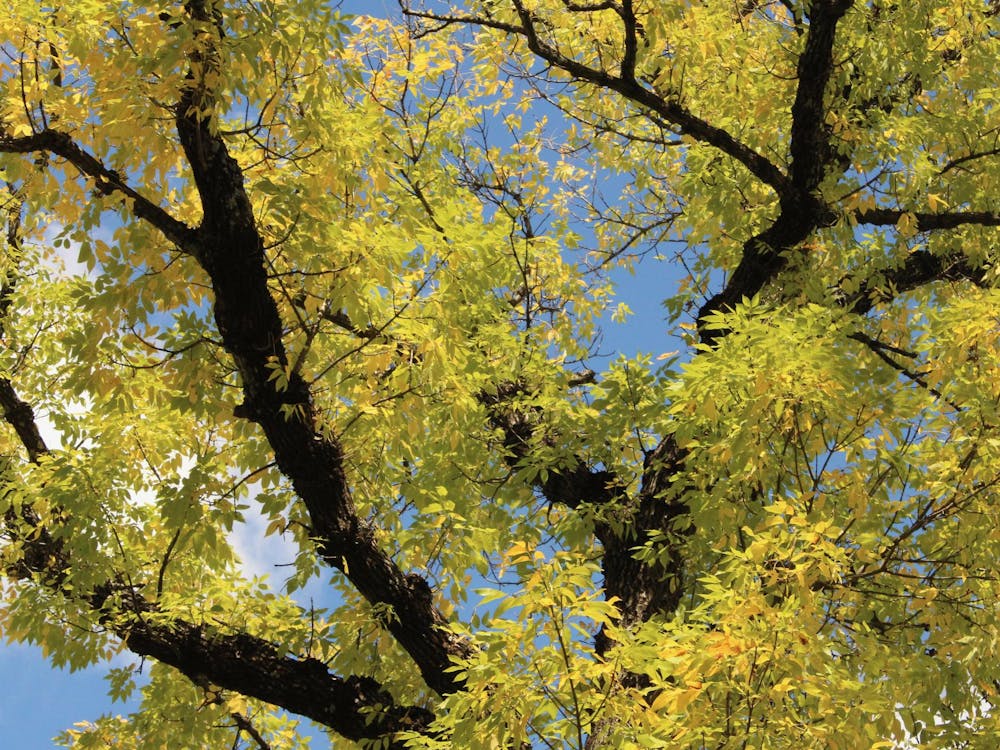SEVERAL weeks ago, the University experienced a spate of offensive protesting on Grounds. The Woroniecki family hurled offensive epithets at passing students as they sought converts to their brand of evangelical Christianity, while the next day Life and Liberty Ministries displayed gruesome photographs of aborted fetuses as part of their anti-abortion propaganda effort. That experience has drawn attention to the relationship between University policies and the First Amendment. Despite widespread commitment in principle to the First Amendment, however, the University should not be bound by strict First Amendment limitations. This is because the prevailing legal conception of what role the First Amendment plays in universities is currently so distorted and philosophically incoherent as to suggest a policy of judicial deference to university policy-making.
There are essentially two models for imagining how speech rights may apply to public universities. The first is the individual speech model, which would theorize that a university is similar to any other governmental actor and thus is circumscribed heavily in restricting the speech rights of those who would demonstrate on Grounds. The second theorizes the University as an "expressive association" which may regulate itself internally and freely expel "unwanted persons," similar to a private institution.
The latter doctrine actually has received considerable support in recent legal decisions. The decision of the Third Circuit U.S. Court of Appeals in Fair v. Rumsfeld upheld the right of several law schools to prhoibit military recruiters and declared that any "educational institution" is "by nature" an expressive association. This blanket statement covers public universities. The Third Circuit provided truly awesome protection for a university in enforcing its anti-discrimination regulations, declaring that the act of promulgating such regulations gives law schools the right to bar military recruiters, who enforce the "don't ask, don't tell" policy, which runs counter to University anti-discrimination policies. Grutter v. Bollinger, the 2003 law school affirmative action case, similarly declared that public universities "occupy a special niche in our constitutional tradition."
Under these opinions, the University would have ample authority to enforce whatever policies it wants, including barring offensive demonstrators from grounds. The University currently bars any use of university property which "discriminates on the basis of age, color, disability, national or ethnic origin, political affiliation, race, religion, sex, sexual orientation, or veteran status." While under our traditional conception of the First Amendment such a denial of University space on the basis of viewpoint seems suspect, the "expressive association" model allows such denial on the basis of the broad power of the University to regulate its internal affairs. The same applies to the University's "discriminatory harassment policy," which bars "conduct of any type" directed against a person because of age, color, disability, etc. The "expressive association" model suggests strong legal authority for a university's decision to expel demonstrators or even individual students if such actors violate the university's "viewpoint." "Forced inclusion" of offensive constituents, under this model, is the real First Amendment violation.
In sharp contrast to the "expressive association" model, the individualistic model of First Amendment rights sharply condemns the type of singling out of certain protected statuses for additional protection. In 1992's RAV v. St. Paul the Supreme Court overturned a St. Paul ordinance that outlawed speech which "arouses anger, alarm or resentment in others on the basis of race, color, creed, religion or gender." University regulations barring public space to certain groups which discriminate on the basis of select categories would be constitutionally suspect under this model of the First Amendment.
Given this doctrinal confusion, courts should simply hold that the First Amendment does not impose strong constraints in shaping university policy. It is, in many respects, impossible to disentangle the ideological mission of a school from its educational mission. Schools propound ideas, and as Justice Holmes wrote, "Every idea is an incitement. It offers itself for belief and if believed it is acted on unless some other belief outweighs it or some failure of energy stifles the movement at its birth." In selecting of courses, departments, and faculty, universities must necessarily determine that some ideas and viewpoints are more convincing than others, and no discrimination over what speakers to sponsor or faculty to give tenure to are entirely neutral.
Educational institutions are generally meant to socialize youth, which means promoting certain types of behavior that the school believes positive. The University discourages underage drinking as well as other behaviors it considers harmful. There simply are no judicially enforceable norms at the point where we accept the broad power of universities to make ideological determinations; any judicial role will necessarily be based on the subjective opinions of judges.
Noah Peters' column appears Mondays in The Cavalier Daily. He can be reached at npeters@cavalierdaily.com.






